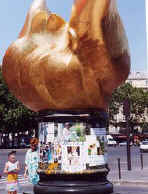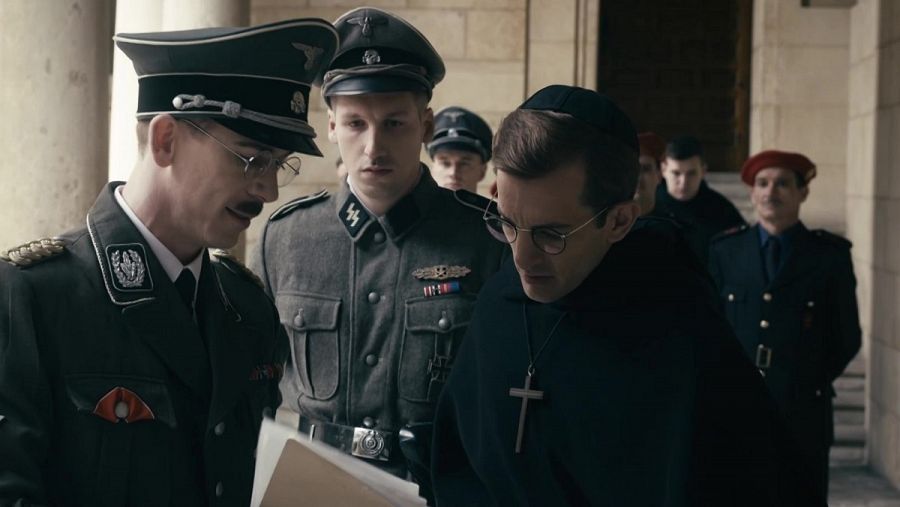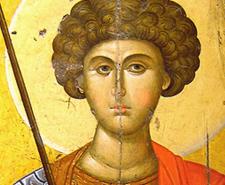|
Rispondi |
Messaggio 1 di 85 di questo argomento |
|
|
|
|
|
Rispondi |
Messaggio 71 di 85 di questo argomento |
|
|
|
|
Rispondi |
Messaggio 72 di 85 di questo argomento |
|
|
|
|
Rispondi |
Messaggio 73 di 85 di questo argomento |
|
San Lorenzo (Paraguay)
San Lorenzo es una ciudad paraguaya ubicada en el Departamento Central. Es conocida como la «Ciudad Universitaria», porque dentro de los límites del municipio se halla la sede central y el campus de la Universidad Nacional de Asunción, razón por la que el tránsito vial es muy constante debido a la concurrencia de estudiantes de otras ciudades.
San Lorenzo tuvo su origen con el establecimiento de una estancia dedicada a la explotación de plantaciones, que abarcaba el amplio espacio denominado «Ñu Guazú» o Campo Grande, instalaciones erigidas en el siglo xvii por los jesuitas. En ese lugar se establecieron las viviendas de los trabajadores conformando un asentamiento disperso, que era conocido como «Villa».
Según Dionisio González Torres, en su libro Origen e historia de los pueblos del Paraguay, en épocas coloniales los jesuitas tenían una chacra en ese lugar. El sitio estaba conformado por los
«cerros Barcequillo, Potrero y Capiíbary, la Chacrilla de Campo Grande con animales y una capilla en Tapyhipery, hoy Capilla-kué (según consta en el inventario de bienes de la Orden)»
En el mismo lugar donde actualmente está erigido el oratorio de «Nuestra Señora de la Asunción» estaba ubicada la capilla o iglesia construida por los jesuitas. Con el tiempo, este edificio fue deteriorándose hasta derrumbarse, el lugar quedó con el denominativo de «Capilla cue» (expresión en guaraní que indica lugar donde hubo una capilla).
Luego de la expulsión de los jesuitas del país, ocurrido en marzo de 1767, el gobernador Capitán Agustín Fernando de Pinedo incautó esas tierras, creando allí un pueblo y fija como fecha de fundación del mismo el 10 de agosto de 1775.3 Por Orden Real del gobierno de la Provincia del Paraguay, se instaló en 1779 una fábrica de tabaco negro con la dirección de técnicos portugueses y operarios indios traídos de Yaguarón. La fábrica tuvo corta vida.
El asentamiento tuvo dos patronos: el 10 de agosto se celebra el día de San Lorenzo y el 15, el día de la Virgen de la Asunción. En atención a la medida administrativa asumida por el Capitán Agustín Fernando de Pinedo, el 10 de agosto de 1775, se fija como feriado distrital y del Santo Patrono, donde se celebran los festejos conmemorativos del aniversario de la ciudad.
La ciudad de San Lorenzo se encuentra en el Departamento Central, a 9 kilómetros de la capital de la República. Forma parte del conglomerado urbano llamado Área Metropolitana de Asunción o Gran Asunción. Limita con los siguientes municipios: al norte con Luque, al sur con Ñemby, al este con Capiatá y al oeste con Fernando de la Mora.
San Lorenzo tiene según la clasificación climatica de Köppen un clima subtropical húmedo (Cfa) con verano caluroso y casi bochornoso, otoño y primavera cálidos e invierno relativamente templado. La temperatura media anual es de 25-30 °C. El mes más frío es julio y el más caluroso es enero. Las lluvias son comunes en gran parte del año; solo junio y julio son semisecos mientras los demás meses son lluviosos.
|
|
|
|
Rispondi |
Messaggio 74 di 85 di questo argomento |
|
|
|
|
Rispondi |
Messaggio 75 di 85 di questo argomento |
|
New International VersionIt is as if the dew of Hermon were falling on Mount Zion. For there the LORD bestows his blessing, even life forevermore.
New Living TranslationHarmony is as refreshing as the dew from Mount Hermon that falls on the mountains of Zion. And there the LORD has pronounced his blessing, even life everlasting.
English Standard VersionIt is like the dew of Hermon, which falls on the mountains of Zion! For there the LORD has commanded the blessing, life forevermore.
Berean Standard BibleIt is like the dew of Hermon falling on the mountains of Zion. For there the LORD has bestowed the blessing of life forevermore.
King James BibleAs the dew of Hermon, and as the dew that descended upon the mountains of Zion: for there the LORD commanded the blessing, even life for evermore.
New King James VersionIt is like the dew of Hermon, Descending upon the mountains of Zion; For there the LORD commanded the blessing— Life forevermore.
New American Standard BibleIt is like the dew of Hermon Coming down upon the mountains of Zion; For the LORD commanded the blessing there—life forever.
NASB 1995It is like the dew of Hermon Coming down upon the mountains of Zion; For there the LORD commanded the blessing— life forever.
NASB 1977It is like the dew of Hermon, Coming down upon the mountains of Zion; For there the LORD commanded the blessing—life forever.
Legacy Standard BibleIt is like the dew of Hermon Coming down upon the mountains of Zion; For there, Yahweh commanded the blessing—life forever.
Amplified BibleIt is like the dew of [Mount] Hermon Coming down on the hills of Zion; For there the LORD has commanded the blessing: life forevermore.
Christian Standard BibleIt is like the dew of Hermon falling on the mountains of Zion. For there the LORD has appointed the blessing — life forevermore.
Holman Christian Standard BibleIt is like the dew of Hermon falling on the mountains of Zion. For there the LORD has appointed the blessing— life forevermore.
American Standard VersionLike the dew of Hermon, That cometh down upon the mountains of Zion: For there Jehovah commanded the blessing, Even life for evermore.
Contemporary English VersionIt is like the dew from Mount Hermon, falling on Zion's mountains, where the LORD has promised to bless his people with life forevermore.
English Revised VersionLike the dew of Hermon, that cometh down upon the mountains of Zion: for there the LORD commanded the blessing, even life for evermore.
GOD'S WORD® TranslationIt is like dew on [Mount] Hermon, dew which comes down on Zion's mountains. That is where the LORD promised the blessing of eternal life.
Good News TranslationIt is like the dew on Mount Hermon, falling on the hills of Zion. That is where the LORD has promised his blessing--life that never ends.
International Standard VersionIt is like the dew of Hermon falling on Zion's mountains. For there the LORD commanded his blessing— life everlasting.
Majority Standard BibleIt is like the dew of Hermon falling on the mountains of Zion. For there the LORD has bestowed the blessing of life forevermore.
NET BibleIt is like the dew of Hermon, which flows down upon the hills of Zion. Indeed that is where the LORD has decreed a blessing will be available--eternal life.
New Heart English Biblelike the dew of Hermon, that comes down on the hills of Zion: for there the LORD gives the blessing, even life forevermore.
Webster's Bible TranslationAs the dew of Hermon, and as the dew that descended upon the mountains of Zion: for there the LORD commanded the blessing, even life for ever.
World English Biblelike the dew of Hermon, that comes down on the hills of Zion; for there Yahweh gives the blessing, even life forever more.
Literal Translations
Literal Standard VersionAs dew of Hermon—That comes down on hills of Zion, "" For there YHWH commanded the blessing—Life for all time!
Young's Literal TranslationAs dew of Hermon -- That cometh down on hills of Zion, For there Jehovah commanded the blessing -- Life unto the age!
Smith's Literal TranslationAs the dew of Hermon coming down upon the mountains of Zion: for there Jehovah commanded the blessing, life even forever.
Catholic Translations
Douay-Rheims Bibleas the dew of Hermon, which descendeth upon mount Sion. For there the Lord hath commandeth blessing, and life for evermore.
Catholic Public Domain VersionIt is like the dew of Hermon, which descended from mount Zion. For in that place, the Lord has commanded a blessing, and life, even unto eternity.
New American BibleLike dew of Hermon coming down upon the mountains of Zion. There the LORD has decreed a blessing, life for evermore!
New Revised Standard VersionIt is like the dew of Hermon, which falls on the mountains of Zion. For there the LORD ordained his blessing, life forevermore.
Translations from Aramaic
Lamsa BibleLike the dew of Hermon that falls upon the mount of Zion; for there the LORD commanded the blessing, even life for evermore.
Peshitta Holy Bible TranslatedLike the dew of Hermon that descends upon the mountain of Zion, because there LORD JEHOVAH commanded the blessing and the Life unto eternity.
OT Translations
JPS Tanakh 1917Like the dew of Hermon, That cometh down upon the mountains of Zion; For there the LORD commanded the blessing, Even life for ever.
Brenton Septuagint TranslationAs the dew of Aermon, that comes down on the mountains of Sion: for there, the Lord commanded the blessing, even life for ever.
Additional Translations ...
|
 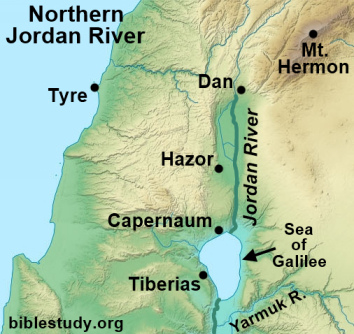    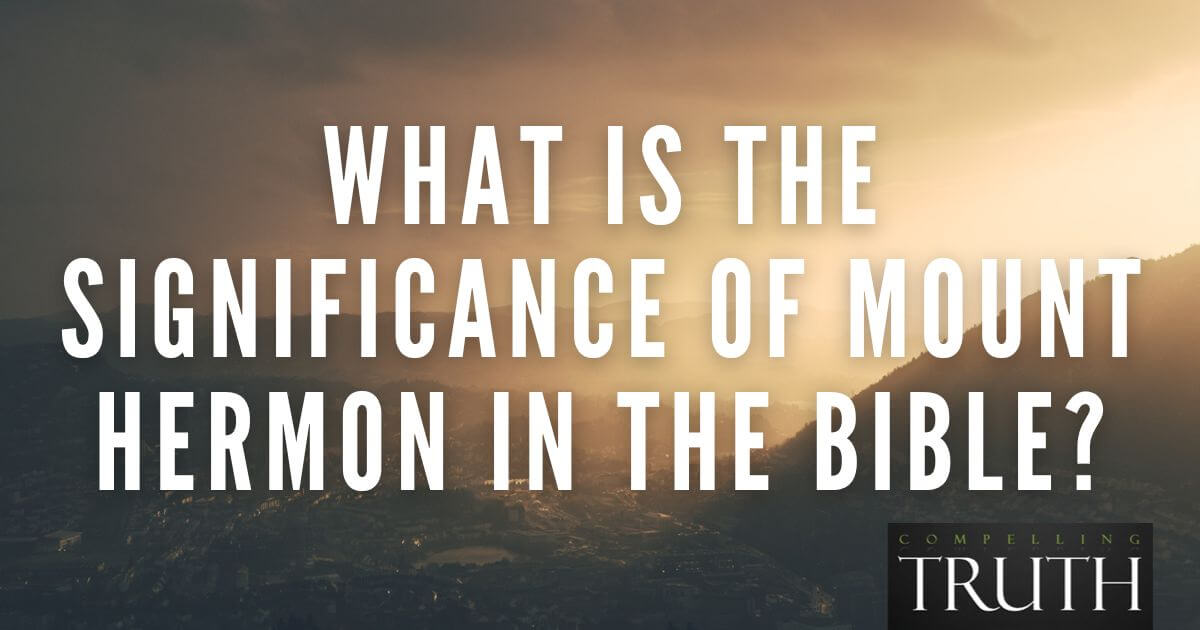 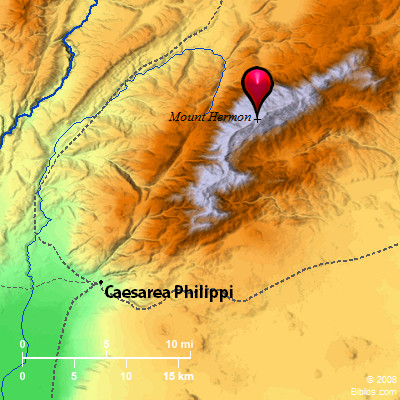 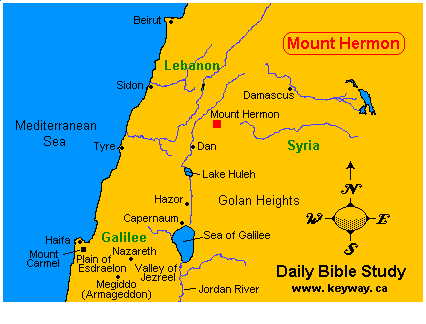     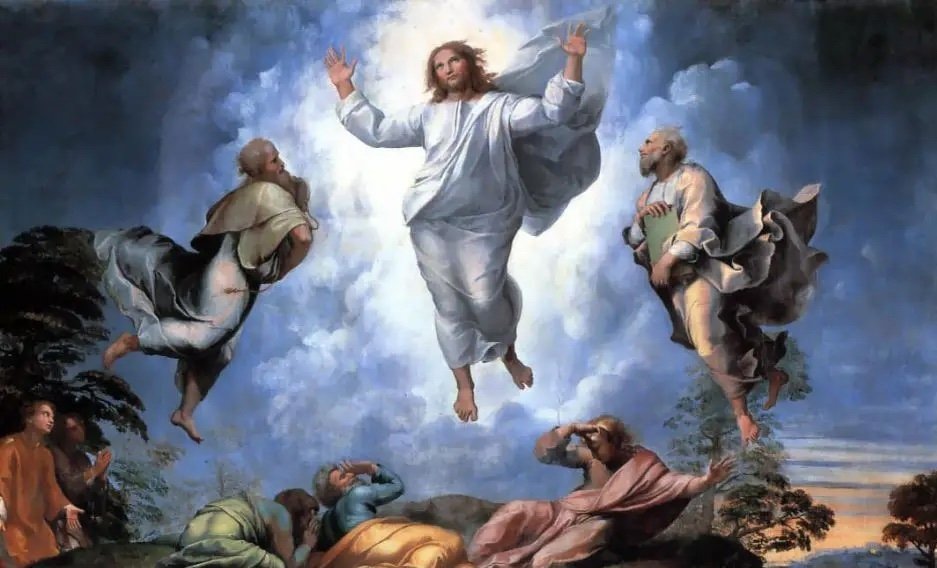  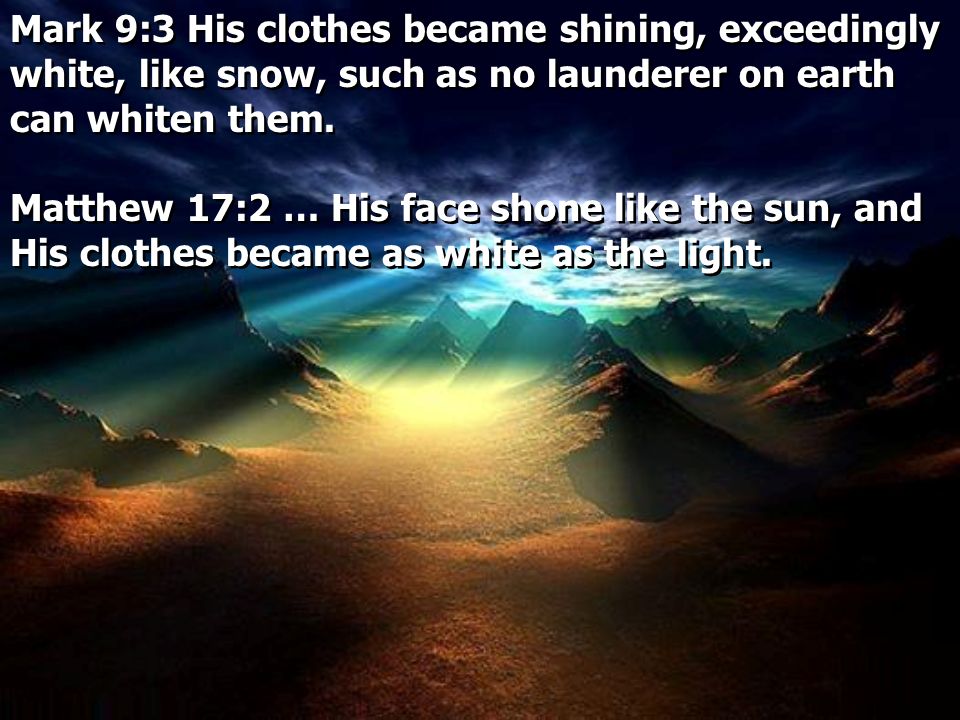 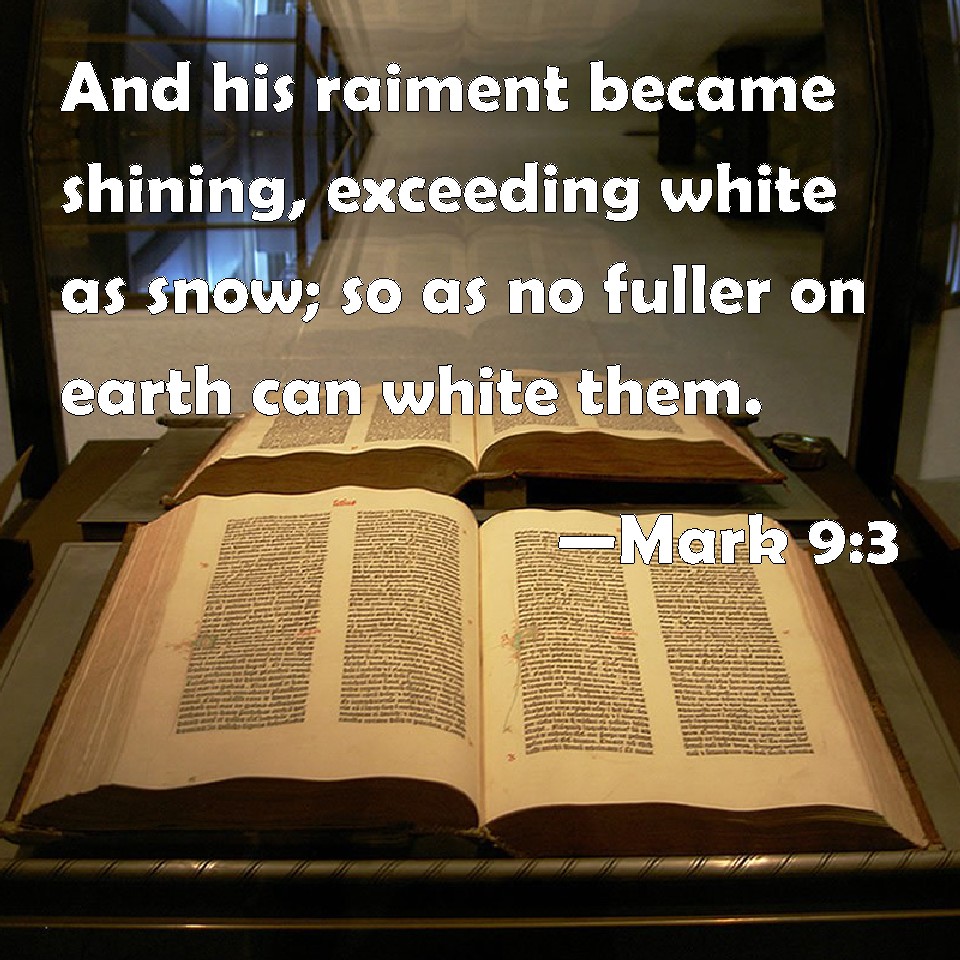 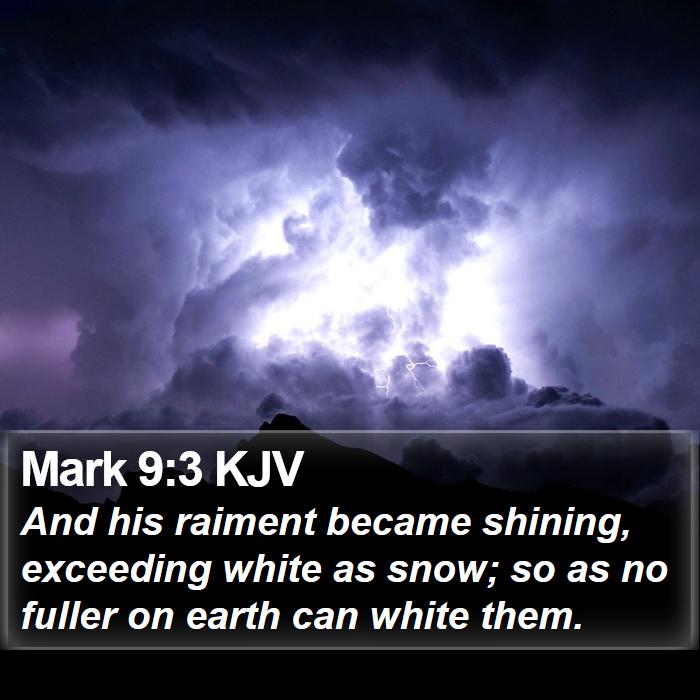
|
|
|
|
Rispondi |
Messaggio 76 di 85 di questo argomento |
|
|
|
|
Rispondi |
Messaggio 77 di 85 di questo argomento |
|
|
|
|
Rispondi |
Messaggio 78 di 85 di questo argomento |
|
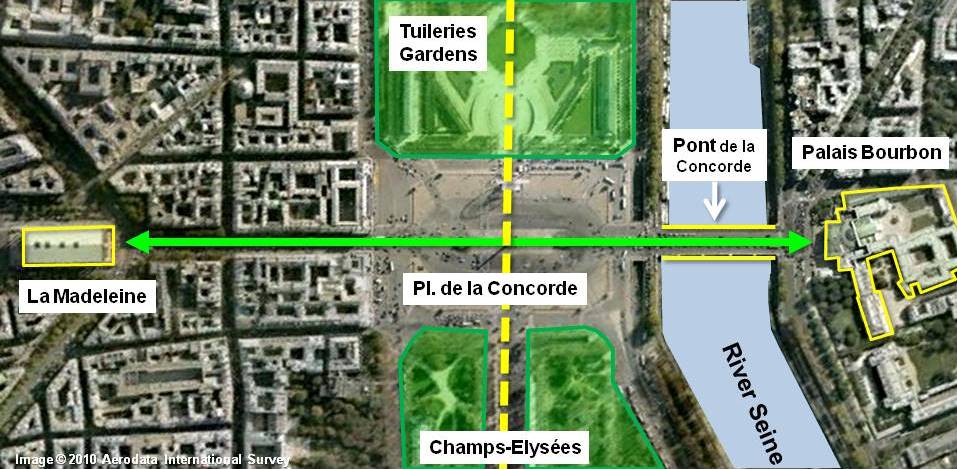
Reyes españoles y los colores de la bandera

Carlos IV de Borbón (Portici, Nápoles, 11 de noviembre de 1748 – Roma, 20 de enero de 1819) fue Rey de España desde el 14 de diciembre de 1788 hasta el 19 de marzo de 1808. Hijo y sucesor de Carlos III y de María Amalia de Sajonia.

Fernando VII de Borbón (San Lorenzo de El Escorial, 14 de octubre de 1784 - Madrid, 29 de septiembre de 1833), llamado el Deseado o el Rey Felón, fue rey de España entre marzo y mayo de 1808 y, tras la expulsión del rey intruso José Bonaparte, nuevamente desde diciembre de 1813 hasta su muerte, exceptuando un breve intervalo en 1823, en que fue destituido por el Consejo de Regencia.

Alfonso XII de Borbón, el Pacificador (Madrid, 28 de noviembre de 1857 – El Pardo, 25 de noviembre de 1885), fue rey de España entre 1874 y 1885; era hijo de la reina Isabel II de España y su marido, Francisco de Asís de Borbón. Nacido Alfonso Francisco Fernando Pío Juan de María de la Concepción Gregorio Pelayo de Borbón y Borbón. Reinó tras la Restauración borbónica, hasta su muerte prematura a los 27 años, víctima de la tuberculosis. Fue sucedido en el trono por su hijo póstumo, Alfonso XIII de España, cuya minoría estuvo encabezada por la regencia de su viuda, María Cristina de Austria.

https://histeducarg.wordpress.com/extras/reyes-espanoles-y-los-colores-de-la-bandera/ |
|
|
|
Rispondi |
Messaggio 79 di 85 di questo argomento |
|
- Princess Diana died in Paris
- Diana's 'baby' Prince William had his birthday (June 21) marked by literal Moon Impact (TV movie) 4 days before MJ's death
- A member of the British Royal Family named Prince Michael (of Kent)
-- June 21, 2009 --
 
['Impact' preview video]
Prince William
He was 'in-Diana'...

He came out of Diana's womb...

He became Prince Charles' 'angel'...
  
...as in Charlie's Angels


Jun 25 Farrah Fawcett succumbs to cancer at 62
Farrah Fawcett:
- One of 'Charlie's Angels'
- Born in Corpus Christi or 'Body of Christ'
- Death hours before Michael Jackson's
Closely preceded by Neda...

Neda:
- Killed on June 20, day before Prince William's BD
- 'Neda' means 'divine message' ('angel' means 'messenger')
Following her heart-breaking death captured on video, Neda became the face of the protests raging at the time in Iran following the June 12 presidential election (starting on June 13).
June 12-13...
 |
 |
| June 11 - Kaguya Moon Impact |
June 12 - Film 'Moon' release |
...Moon/Diana and Bigfoot/St. Anthony
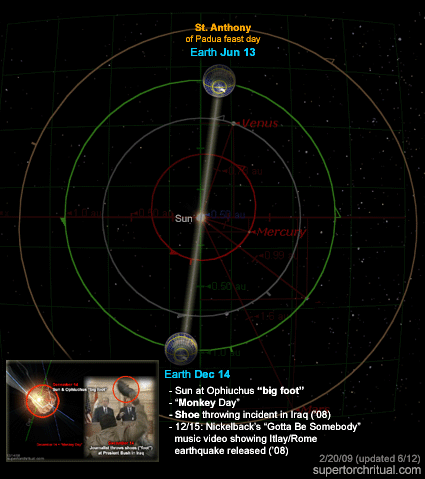
Dec 14 Shoes thrown at Bush on Iraq trip
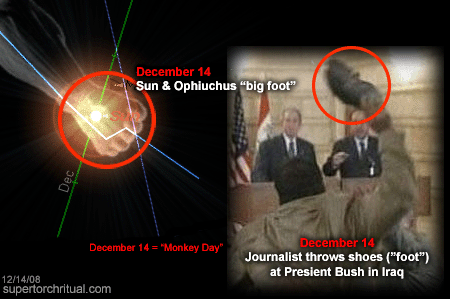

'Bigfoot' = evolution/missing link
Michael Jackson = one-man 'evolution'

[MJ's ever-changing face]
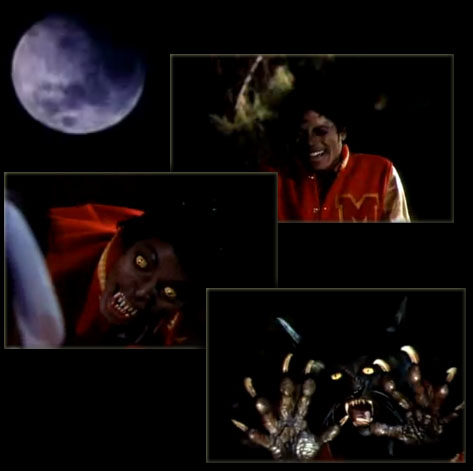
 Werewolf = man-beast = Bigfoot Werewolf = man-beast = Bigfoot
Etymology: The first part, wer, translates as "man"... The second half, wulf, is the ancestor of modern English "wolf"; in some cases it also had the general meaning "beast."
His was an unnatural evolution (plastic surgeries, etc.). What about ours? Is human evolution natural? If not, has the Moon had a hand in it?
 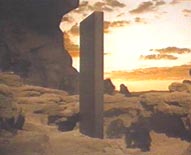
We can almost hear the whisper: 'Human evolution is a hoax':
August 15, 2008
St. Anthony of Padua birthday
Bigfoot hoax...
Bigfoot's message was so urgent Earth had to shake violently on April 6, 2009 in Bigfoot/boot Land, Italy...
 

April 6 Italy hunts for quake survivors
..from December 14-16, 2008 with love. (See 'Whisper of the Fifth Sun' for more on this predicted quake.)
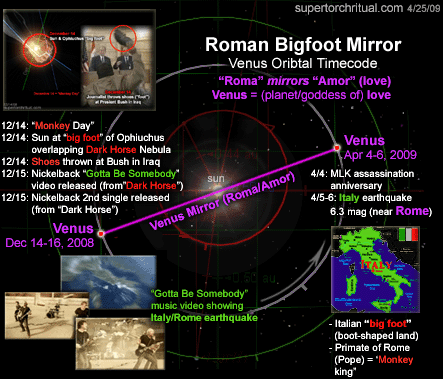
Bigfoot, giant foot, giants... Genesis 6, the Nephilim, heaven-earth interbreeding, i.e. human genetic manipulation ('guided evolution'):
Book of Genesis chapter 6: And it came to pass, when men began to multiply on the face of the earth, and daughters were born unto them, That the sons of God saw the daughters of men that they were fair; and they took them wives of all which they chose. [...] There were giants [Nephilim] in the earth in those days; and also after that, when the sons of God came in unto the daughters of men, and they bare children to them, the same became mighty men which were of old, men of renown. And God saw that the wickedness of man was great in the earth, and that every imagination of the thoughts of his heart was only evil continually. And it repented the LORD that he had made man on the earth, and it grieved him at his heart. And the LORD said, I will destroy man whom I have created from the face of the earth; both man, and beast, and the creeping thing, and the fowls of the air; for it repenteth me that I have made them. But Noah found grace in the eyes of the LORD.
A monstrous Sin deemed irreversible, Earth had to be cleansed by a Great Flood.
Sin is the name of a Sumerian (and Minaean) god of the Moon...
Still standing after the Flood as 'Noah'.
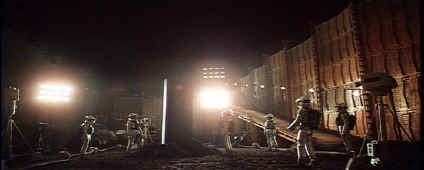
A forbidden 'lunar strain' of mankind...
A 'Diana bloodline'.
Diana = Bigfoot = Nephilim = Noah

Argentina is both a moon...
...and a Bigfoot:
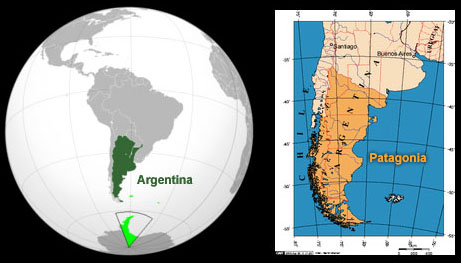
...making headlines the day before Michael Jackson's death:

Jun 24 Gov. Sanford admits to extramarital affair
with Argentine woman
For all intents and purposes a missing person from June 18 until 24 (i.e. around Prince William's birthday), Governor Sanford spent five days 'crying in Argentina' with 'Maria'...
Maria = Mary = Madonna

Madonna singing 'Don't Cry For Me Argentina'
...in 'Evita' (1996), playing Maria Eva Duarte de Peron, First Lady of Argentina from 1946 to 1952, a Diana-like beloved female figure who died young at the age of 33 (Diana was 36 when she died).
Maria/Mary = Marianne
 
She is essentially Lady Liberty standing gracefully with her torch in New York and Paris very near where Princess Diana was killed marked by a torch.
She is interchangeable with Columbia - the feminine personification of the United States. It was in the South Carolina state capital Columbia that Gov. Sanford revealed his Argentine affair... echoed by a train collision in the District of Columbia (Washington DC) on June 22:

June 22 DC Metro subway trains collide - 9 dead, 80 injured
Timeline:
June 18-24: Gov. Sanford missing/crying in Argentina
June 21: 'Impact' Part 1 on ABC; Prince William birthday
June 22: DC Metro Red Line trains in collision
June 23: US Moon probes (LRO/LCROSS) reach Moon
June 24: Gov. Sanford reveals Argentine affair
June 25: Death of Michael Jackson & Farahh Fawcett
'Metro' means 'meter' in Spanish, Italian, Portuguese, etc. The meter is historically defined as 1/10,000,000 of the distance between the North Pole and the equator through Paris, or in other words the Paris Meridian between the North Pole and the equator. The Paris Meridian is also the 'Rose Line' (an esoteric concept popularized by The Da Vinci Code) i.e. a 'Red Line'...

DC Metro Red Line = French/Columbian Rose Line
...traditionally implying the Blood Royal/Sangraal or the Marian/Columbian Bloodline of the Holy Grail.
In Bloodline of the Holy Grail Laurence Gardner writes of the House of Stuart, the royal bloodline to which Princess Diana and her children belong (pp. 344-5):
https://www.goroadachi.com/etemenanki/moonwalker.htm |
|
|
|
Rispondi |
Messaggio 80 di 85 di questo argomento |
|
Post by shipstamps » Tue Nov 18, 2008 4:27 pm
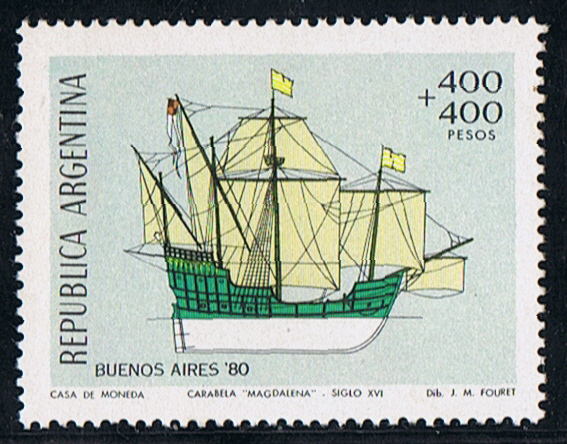 Not much is know about the caravel, where and when built unknown. Tonnage 200 ton, dim. 85 x 25 x 14ft. (draught) Four masts, fore and main mast square rigged, mizzen and Bonaventura mast lateen rigged. She was the flagship of Don Pedro de Mendoza (1487-1537) expedition to the River Plata. Mendoza held a post in the court of Charles V, when he in 1534 made an offer to Emperor Charles V to make an expedition on his own account for the discovery and conquest of Paraguay and the countries on the Rio La Plata. 24 August 1534 Mendoza on board the MAGDALENA and 13 other vessels, with 3000 men set sail from San Lucar, Spain. Receive from the Emperor before sailing 2.000 ducats, with the condition, when he transported to the new founded colonies 1000 colonists and 100 horses, build a road to the Pacific Ocean, erect three forts within two years he would receive 2.000 ducats more. Also he had to take 8 monks, a physician, a surgeon, and an apothecary, but he was forbidden to introduce a lawyer in the colony. He was to have half the treasure of the chiefs killed and nine-tenths of the ransom. Mendoza was made before sailing military governor of all the territory between the Rio de la Plata and the Strait of Magellan. The office of the Governor was also made hereditary. Off the coast of Brazil the fleet was scattered in a heavy storm, and Medoza lieutenant Osario, was assassinated, according to some authorities by the orders of Mendoza himself because of suspected disloyalty. 1535 Mendoza sailed up the Rio de la Plata, and founded Buenos Aires on 02 February 1536. He erected two forts there to defend the place. Pestilence broke out and the natives became unfriendly after ill treatment by the Spaniards. His brother Don Diego led a force against the hostile tribes, but was killed with three-fourths of his men. A general conspiracy of the natives was formed, and Buenos Aires was captured and burned by the natives. Mendoza retired to the forth Sanctus-Spiritus, from where he dispatched Juan de Ayolas to explore the upper part of the river. Another brother, Gonzalo arrived with reinforcements and founded the city of Ascención in Paraguay in 1536. Mendoza, disappointed and with a broken health, embarked on board the MAGDALENA for Spain in 1537, leaving Juan de Ayolas in charge. During the long voyage to Spain he died maniac on board the MAGDALENA on 23 June 1537. The fate of the MAGDALENA is not known. Argentine 1979 400p + 400p sg 1646 Source: mostly copied from http://en.wikipedia.org/wiki/Pedro_de_Mendoza http://famousamericans.net/pedrodemendoza
https://shipstamps.co.uk/forum/viewtopic.php?t=6731 |
|
|
|
Rispondi |
Messaggio 81 di 85 di questo argomento |
|
¿Por qué Hitler buscó el Santo Grial en el Monasterio de Montserrat?
- En octubre de 1940, el jefe de las SS, Heinrich Himmler, visitó el monasterio de Montserrat para encontrar el Santo Grial
- Siguiendo las investigaciones del escritor Otto Rahn, Adolf Hitler quiso buscar el poder eterno en esta mística reliquia
- En RTVE Play puedes ver el Documaster 'Onyx, los reyes del Grial' sobre la investigación que dio lugar al hallazgo en León de la supuesta copa de la última cena Cristo
13/04/2022 | 21:00 horas
PorMarina Sánchez Alcolea
Recreación del Santo Grial
2 min.
La tarde del 23 de octubre de 1940 los frailes del monasterio de Montserrat recibieron una visita inesperada. El religioso Diego Ripol tuvo que atender al jefe supremo de las SS de la Alemania nazi, Heinrich Himmler. Por encargo de Adolf Hitler, el reichsführer iba buscando el Santo Grial, la fuente de la vida.
Recreación de la visita de Heinrich Himmler al monasterio de Montserrat RTVE
“Los nazis estaban muy preocupados por la búsqueda de objetos que habían tenido en las leyendas medievales o modernas una gran trascendencia como elementos de poder”, apunta José Luis Corral, profesor de historia medieval de la Universidad de Zaragoza. Según estas leyendas, el Santo Grial concedía la vida eterna y, por tanto, un poder prácticamente absoluto. Esto era lo que buscaba el Tercer Reich. Encontrar el cáliz de la última cena de Cristo marcaría un giro en los acontecimientos de la Segunda Guerra Mundial.
Era tal la obsesión de Hitler por recuperar reliquias perdidas que creó la Ahnenerbe, una organización que formaba parte de las SS y estaba liderada por Himmler. Los arqueólogos y antropólogos que trabajaban al servicio del ocultismo nazi viajaban por el mundo en busca de misteriosos tesoros como la lanza del destino con la que supuestamente el soldado romano Longinos hirió a Cristo en el costado o la piedra de Scone sobre la que se coronaban los reyes ingleses. “Fueron poniendo en marcha toda una serie de arqueólogos dentro de un grupo de investigación para buscar estos elementos maravillosos”, añade Corral.
Wagner, Otto Rahn y el Virolai de Montserrat
Pero, ¿por qué los nazis creyeron que el cáliz de Cristo estaba en Monserrat Otto Rahn, un alemán que estudió fervorosamente la mitología medieval y el esoterismo religioso, inspiró a Adolf Hitler a buscar el poder eterno de las reliquias perdidas. En su libro ‘La Corte de Lucifer’, escrito en 1938, Rahn afirma que la ópera de Richard Wagner ‘Parsifal revela que el monte Montsegur, cerca de los Pirineos, es el lugar donde se guarda el Santo Grial.
La interpretación de Montsegur como Montserrat sumado al hecho de que en el himno del monasterio ‘El Virolai’ se cantan las palabras “la mística fuente del agua de la vida” indicaban que allí se encontraba la copa con la que Cristo bebió en la última cena. Pero, por desgracia de los nazis, lo más antiguo que tenían en Montserrat databa del siglo XII: la Moreneta.
El cáliz de Doña Urraca RTVE
No fue en ese monasterio sino en la basílica de San Isidoro de León donde, 70 años después, una investigación determinó que el cáliz Doña Urraca, la primogénita del rey Fernando I de León, podría ser el Santo Grial. Si quieres conocer los detalles de este estudio llevado a cabo a partir del hallazgo fortuito de unos documentos inéditos en Egipto, puedes ver el Documaster ‘Onyx, los reyes del Grial’ en RTVE Play.
https://www.rtve.es/television/20220413/por-hitler-busco-santo-grial-montserrat/2331080.shtml |
|
|
|
Rispondi |
Messaggio 82 di 85 di questo argomento |
|
Montserrat, Heinrich Himmler y el cáliz de Cristo
El líder de las SS, Heinrich Himmler, visitó la Abadía de Montserrat (Barcelona) con el objetivo de llevarse el Santo Grial según el plan de recopilación de objetos mágicos impulsado por la Ahnenerbe, entidad pseudocientífica integrada en las SS.
PUBLICADO 27 MAR 2018, 16:51 CEST
Heinrich Himmler saluda a un grupo de soldados del Ejército Nacional franquista a su llegada a Madrid en los andenes de la Estación del Norte, hoy conocida como Estación de Príncipe Pío.
FOTOGRAFÍA DE BUNDESARCHIV
La Guerra Mágica
Misterios, leyendas, astrología u ocultismo son áreas del conocimiento más propias de magos y adivinos pero que ejercieron una poderosa influencia sobre el Reichsführer-SS, Heinrich Himmler.
El lugarteniente de Hitler buscó sin descanso el Santo Grial en un intento de dotar a la mitología nazi de un artefacto capaz de subyugar a sus enemigos en la batalla por la supremacía de la raza aria.
Himmler erigió su organización paramilitar, la Schutzstaffel (SS), conforme a las tradiciones e iconos de los pueblos germánicos en un ejercicio de manipulación y fantasía históricas que le llevaron a mezclar a los Caballeros de la Orden Teutónica, los mitos artúricos y sus obsesiones particulares con el objetivo de crear una mitología nazi que deslumbrara a los enemigos del Reich.
Himmler: de avicultor a jerarca nazi
Ingeniero agrónomo y avicultor de profesión, su antisemitismo y creciente fervor por la patria le hicieron adecuado para los ideales del Partido Nacionalsocialista Obrero Alemán (NSDAP), al que finalmente se unió en 1923.
Destacaría más tarde por su cobardía, ansias de poder y una nula capacidad de mando, solo ocultas tras el halo de «vaca sagrada» del Reich, aura que supo administrar para congraciarse con Hitler hasta su suicidio en cautiverio.
La visita de Himmler a España
Coincidiendo con la entrevista de Hendaya entre Franco y Hitler, Himmler inició un periplo peninsular que le llevó a visitar San Sebastián, Madrid, Toledo y Barcelona. El líder de las SS encontró especialmente interesante un mapa del Museo Arqueológico Nacional que ilustraba las invasiones germánicas de la Iberia romana, carta que estudió con atención.
El Escorial y La Plaza de Toros de las Ventas se engalanaron para el gerifalte nazi, que además visitó Toledo, antigua capital visigoda. Allí paseó por las ruinas del Alcázar, en una demostración de cómo el régimen franquista había triunfado, con ayuda de las dictaduras fascistas, sobre «el terror rojo».
Aunque en octubre de 1940 hacía más de un año que la guerra había comenzado en Europa, el interés de Himmler por el ocultismo no se disipó durante el conflicto. El objeto de su obsesión era ahora la abadía de Montserrat, donde sus fuentes de la Ahnenerbe aseguraron que encontraría el el Santo Grial. Con los datos de esta «rigurosa» investigación pseudocientífica en la mano, puso rumbo a Barcelona.
La abadía de Montserrat
La abadía de Montserrat, esculpida entre los dentados peñascos del macizo homónimo, llegó a oídos del Reichsführer-SS a partir de las recientes investigaciones de su Ahnenerbe, las cuales afirmaban que una antigua canción folclórica catalana era la prueba irrefutable de que el Santo Grial descansaba en dicho templo.
La composición popular hablaba de una «fuente de vida» oculta en el castillo original sobre el que se edificó la abadía posteriormente, razón más que suficiente para movilizar a toda su camarilla hasta Barcelona, ya que «indudablemente», esa fuente era el mismo Cáliz de Cristo.
Los desconcertados monjes que habitaban el recinto sagrado, asistieron atónitos al despliegue de la parafernalia nazi a las puertas del templo, que con Himmler a la cabeza, había venido a llevarse lo que aquellos hombres de Dios supuestamente ocultaban.
Ante tan desconcertante visita, Andreu Ripoll, el único religioso capaz de hablar alemán, le aseguró que no había ningún Grial en su templo, o al menos, que ellos supieran.
Con las manos vacías, Himmler no tuvo más remedio que aceptar una nueva derrota en la única guerra que sabía librar: la guerra mágica.
Los intentos previos del «Indiana Jones alemán»
Antes de que Himmler en persona se dedicara a cazar mitos, hubo otros que se dejaron literalmente el pellejo en el intento. Infructuosamente buscado desde Islandia hasta las cumbres más inaccesibles de los Pirineos franceses entre finales de los años veinte y principios de los treinta por el «Indiana Jones alemán», Otto Rahn, el explorador germano y posterior miembro de las SS (aunque sin ningún tipo de cualidades para el combate, ya que era filólogo) cayó en desgracia ante Himmler, que lo defenestró al descubrir su ascendencia judía y su orientación homosexual.
En 1939, Rahn decidió poner fin a su vida: no volvió a despertar tras autoinducirse una sobredosis de calmantes mientras contemplaba por última vez las montañas de los Pirineos en las que con tanto ahínco buscó la copa de Cristo. Fue encontrado muerto por congelación.
La batalla perdida de Himmler
La lanza del Destino, la Piedra de Scone, el Arca de la Alianza y, por supuesto, el Santo Grial, fueron las «armas» predilectas de Heinrich Himmler para librar su «guerra mágica». Dedicó sus esfuerzos a perseguir inútilmente cuentos y leyendas en vez de afrontar la realidad: Alemania no ganaría la guerra y los amuletos no perforan carros de combate.
https://www.nationalgeographic.es/historia/2018/03/montserrat-heinrich-himmler-y-el-caliz-de-cristo |
|
|
|
Rispondi |
Messaggio 83 di 85 di questo argomento |
|
THE NAZI HUNT FOR HOLY TREASURE FROM THOR'S HAMMER TO THE HOLY GRAIL
Heinrich Himmler was infected by a virulent strain of spiritualism which fed into his racist, supremacist world view and drove him to search for holy relics.
The Holy Grail depicted on a stained glass window at Quimper Cathedral | CC BY-SA 3.0)
Lost Relics of the Knights Templar sees treasure hunters Carl Cookson and Hamilton White embark on a global odyssey. Their objective: to trace the past of a hoard of artefacts which may have once belonged to the Templars. One of their destinations is Wewelsburg, the imposing German castle which served as the spiritual sanctum for Heinrich Himmler and the SS.
Today, the castle is a looming reminder of how so many members of the Third Reich were beguiled by ancient myths, old orders of chivalry, and the occult. We all know the pantomime villain Nazis of the Indiana Jones films, desperate to dig up the Ark of the Covenant and the Holy Grail. But the fact is, many real-life Nazis were just as obsessed as their cackling silver screen counterparts.
Himmler in particular was infected by a virulent strain of spiritualism which fed into his racist, supremacist world view. For him, establishing a new Aryan empire meant resurrecting ancient Germanic myths and iconography. He believed the war against the lesser races required the overturning of traditional Christian morality, replacing it with a new kind of pseudo-religion that drew on chivalry and mysticism.
The now-notorious insignia of the SS, resembling two lightning bolts, was based on runes devised by an Austrian occultist and pagan called Guido von List. The SS itself was, in Himmler’s mind, an elite organisation in the tradition of the Teutonic Knights – an order which, like the Templars, came into existence during the Crusades. Himmler’s grand scheme was to establish Wewelsburg Castle as the Camelot of his modern-day knights. One of the rooms was even named after King Arthur, while another was designated the ‘Grail Room’.
Despite his aversion to conventional Christianity, Himmler was fascinated by the legend of the Grail, perhaps seeing it as a source of immense power. After all, he believed that another fabled artefact – Thor’s hammer – could be requisitioned as a weapon by the Third Reich. In an outlandish letter to the Ahnenerbe, a think tank set up to give academic backing to Nazi racial ideology, Himmler stated his belief that Thor’s hammer was ‘an early, highly developed war weapon of our forefathers’. For this reason, Himmler demanded that Ahnenerbe’s team should ‘find all places in the northern Germanic Aryan cultural world where an understanding of the lightning bolt, the thunderbolt, Thor's hammer, or the flying or thrown hammer exists’.
Himmler personally embarked on a failed mission to find the Holy Grail in 1940, visiting an abbey perched within the Montserrat mountain range in Catalonia. He was presumably led there by the belief that Montserrat was the real-life ‘Montsalvat’, location of the Grail in an Arthurian opera by Hitler’s favourite composer, Richard Wagner. This opera, Parsifal, was based on a medieval German poem called Parzival, written by a knight named Wolfram von Eschenbach. And this poem had already been an inspiration to another Grail hunter in the Nazi regime: Otto Rahn.
Rahn was a somewhat eccentric medievalist who believed there was a link between the story of Parzival and Catharism – a movement that flourished in medieval Europe, particularly in France. Condemned as heretics by the Catholic Church, the Cathars revived old Gnostic concepts that radically overturned traditional Christian thinking. They believed, for example, that the God of the New Testament and the God of the Old Testament were separate entities – the latter sinful, and the former good. Such ideas led to a crusade against the Cathars, and their wholesale slaughter.
A major Cathar stronghold was Montségur, a remote fortress in southwestern France. This became the site of a dramatic confrontation between the Cathars and French royal forces in 1243. Thousands of French troops besieged the fortress for nine long and gruelling months before the people inside eventually surrendered. Hundreds of Cathars were burnt alive in a bonfire after refusing to renounce their blasphemous beliefs. However, it’s believed that a number of Cathars managed to smuggle themselves out of the fortress, undetected, before their brethren surrendered.
It’s been speculated that these survivors of the siege took some kind of treasure with them. Gold, perhaps. Or maybe even the Holy Grail itself, brought back to Europe from the Holy Land, by the Templars or other Crusaders. Otto Rahn, prompted by previous occultists and mystics, identified Montségur with the ‘Montsalvat’ Grail castle of Parzival. His ideas appealed greatly to Himmler, and Rahn eventually joined the SS himself.
The extent of Rahn’s own Nazi beliefs have been a subject of debate. He himself apparently said, ‘A man has to eat. What was I supposed to do? Turn Himmler down?’ But having such powerful patronage certainly spurred him on to publish more about the Grail, with the SS brazenly inserting anti-Semitic passages into his romantic, mystical prose. Rahn eventually resigned from the SS and died of exposure on a mountain in 1939 – allegedly suicide, though the details have never been confirmed.
Colourful theories regarding the Cathars, the Grail and the potential involvement of Crusader warriors have persisted in the decades after the fall of the Third Reich. Most famously, in The Holy Blood and the Holy Grail, which theorised that the Cathars knew the secret of the Holy Grail – namely, that it was the bloodline of Christ, from the marriage of Jesus and Mary Magdalene. This concept fuelled the plot of Dan Brown’s bestseller The Da Vinci Code, which also portrays the Templars as guardians of this earth-shaking secret.
Carl Cookson and Hamilton White may not have a fabled holy relic in their hoard, but their quest may well bring new insights into the Templars and their religious treasure hunts in the Holy Land, which has fascinated everyone from eccentric occultists to high-ranking Nazis to serious historians today.
https://www.history.co.uk/shows/lost-relics-of-the-knights-templar/the-nazi-hunt-for-holy-treasure-from-thor-s-hammer-to-the-holy-grail |
|
|
|
Rispondi |
Messaggio 84 di 85 di questo argomento |
|
|
|
|
Rispondi |
Messaggio 85 di 85 di questo argomento |
|
|
|
 Primo Primo
 Precedente
71 a 85 de 85
Successivo Precedente
71 a 85 de 85
Successivo
 Ultimo
Ultimo

|
















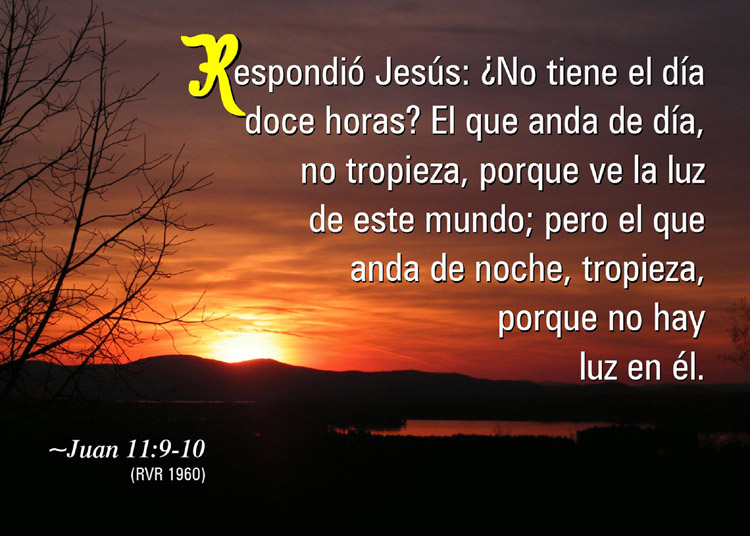

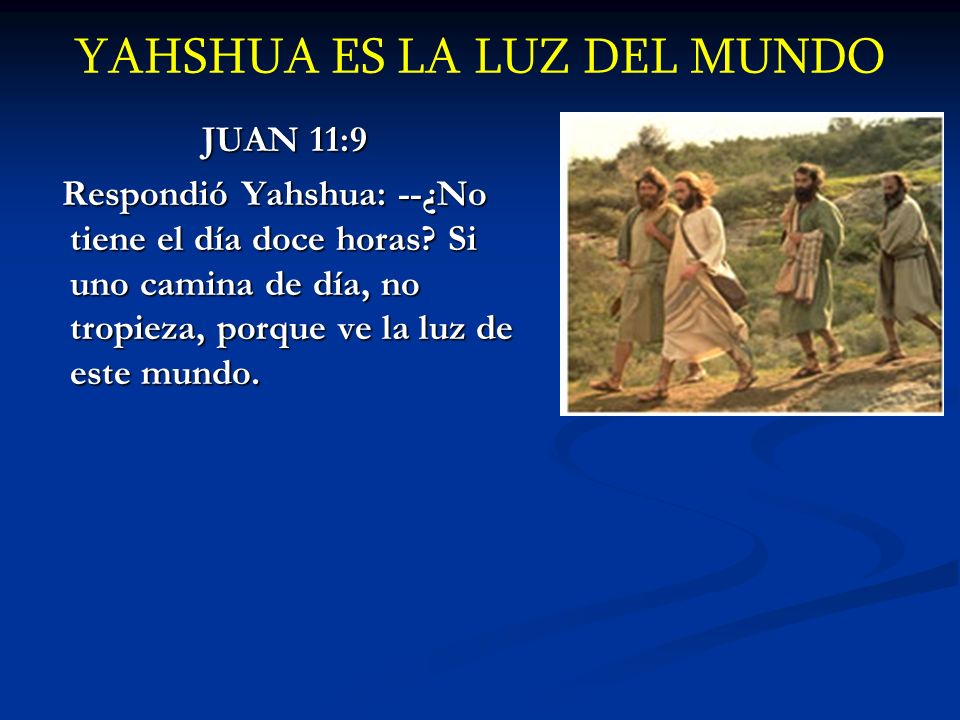


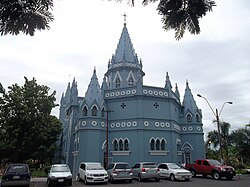


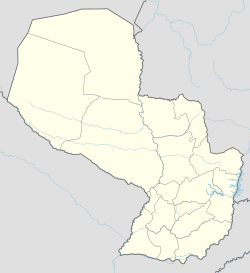


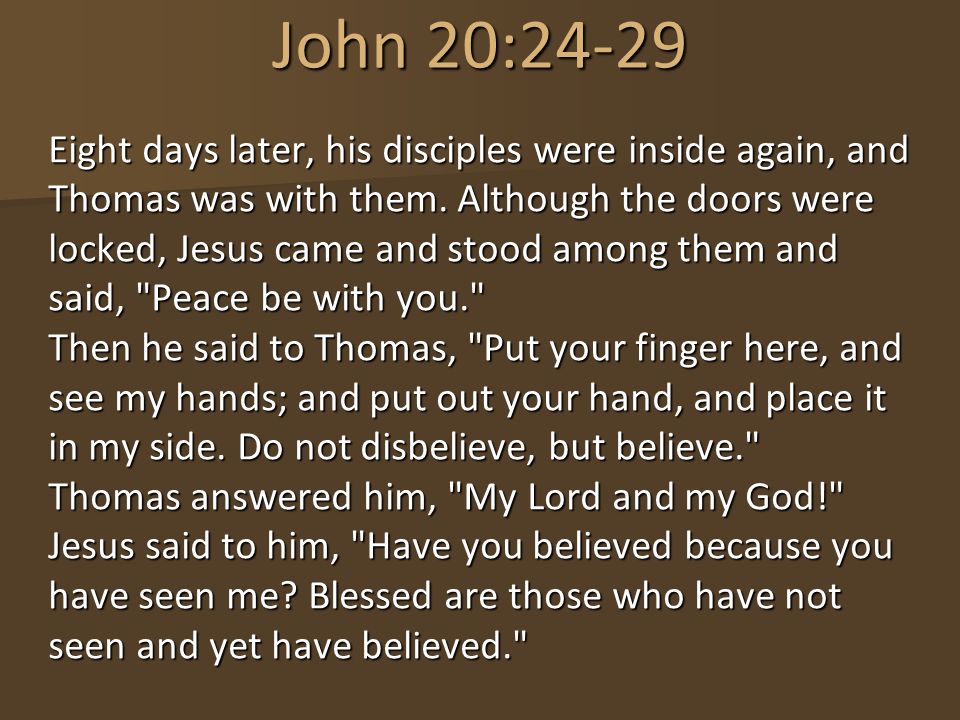

![Revelation 1:14 (lsv) - and His head and hairs [were] white, as if ...](https://img2.bibliaya.com/Bibleya/verse/revelation-1-14-lsv.jpg)




















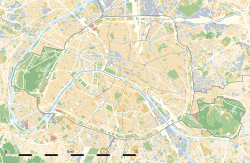


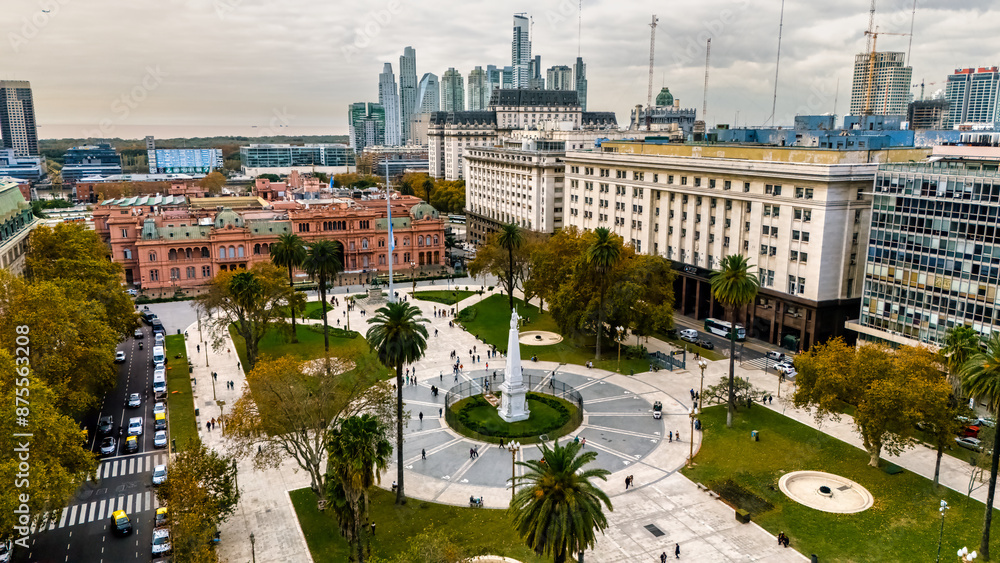


















 Werewolf = man-beast = Bigfoot
Werewolf = man-beast = Bigfoot













